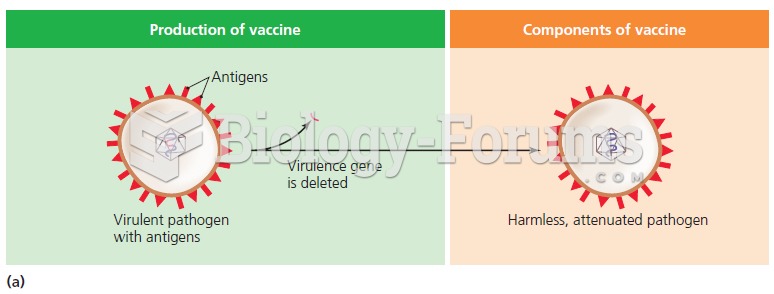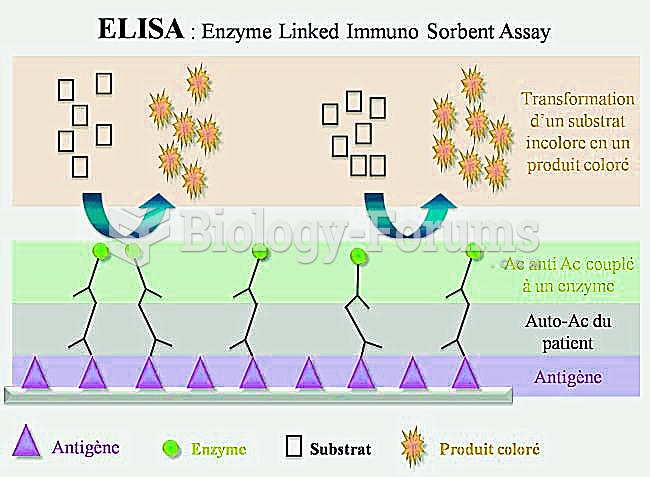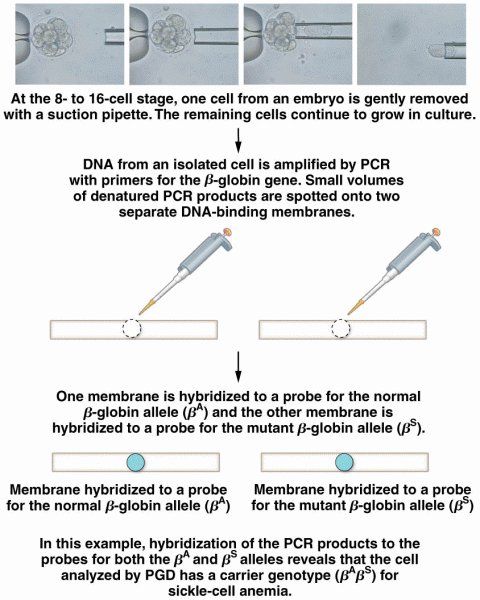Answer to Question 1
FALSE
Answer to Question 2
Trend 1: Priorities
According to the Forum on the Future of Technology in Education, Department of Education, these priorities are emerging for technology in education:
1. All students and teachers will have universal access to effective information technology in their classrooms, schools, communities, and homes.
2. All teachers will effectively use technology
3. All students will be technologically literate and responsible cybercitizens
4. Research, development, and evaluation will shape the next generation of technology applications for teaching and learning
5. Education will drive the E-learning economy
Trend 2: Digital Natives and Digital Immigrants
A real divide exists between children who have been brought up with technology (the digital natives) and those teachers who have only recently come to it (digital immigrants). Based on studies from neurobiology, psychology, and game use, digitally native students' brain structures are actually different and require a different kind of instruction. These differences mean that traditional ways of teaching, such as lecture and drill, do not suit the attention spans, interests, or needs of such students.
This trend is supported by other reports. For example, The Pew Internet and American Life Project Report (2002 ) note that schools are not responding to the many ways that students are using technology outside of the school day for educational purposes. Their expectations and skills are changing with Internet use, and they perceive a disconnect with what is allowed and accessible at school.
The solution is for teachers to learn to use new approaches that include parallel processing, graphics awareness, and random access skills at which digital natives are increasingly better. Such approaches employ the use of well-designed, content-based computer games integrated into effective instruction. Research seems to back up this assertion, particularly that digital natives learn better through alternative instruction with alternative tools.
If these assumptions are correct, it means that teachers have a choice change their way of teaching or fail to meet the needs of these students. As more of our students become digital natives, solutions to this trend will become more pressing until, of course, digital natives become teachers themselves.
Trend 3: Changes in Sources
An important trend in technology in general is that more people have access to and contribute to media. With the advent of social computing, students are participating in blogging, creating wikis, programming virtual worlds, developing lists of social bookmarks, and supplying video, audio, graphics, and text to be shared with millions of unknown users around the world. Much of this happens outside of classrooms, but teachers can learn to take advantage of this trend and use some of these tools in effective instruction. These tools can be used to help learners see different perspectives, to learn to write for an audience, to create information that should be shared, and meet other learning goals.







